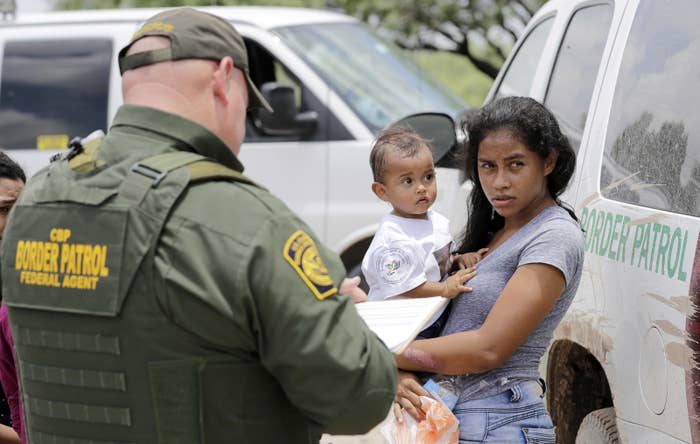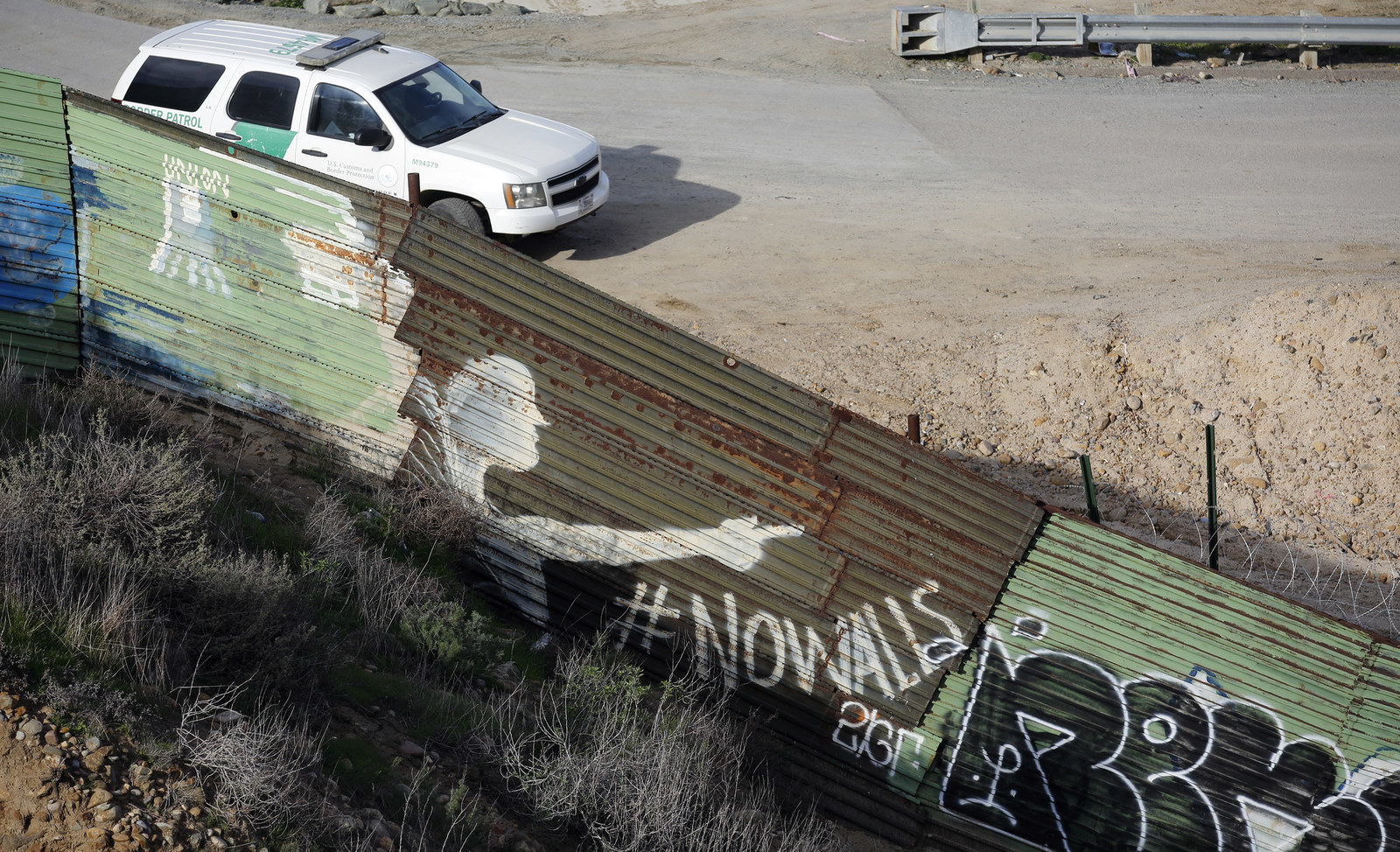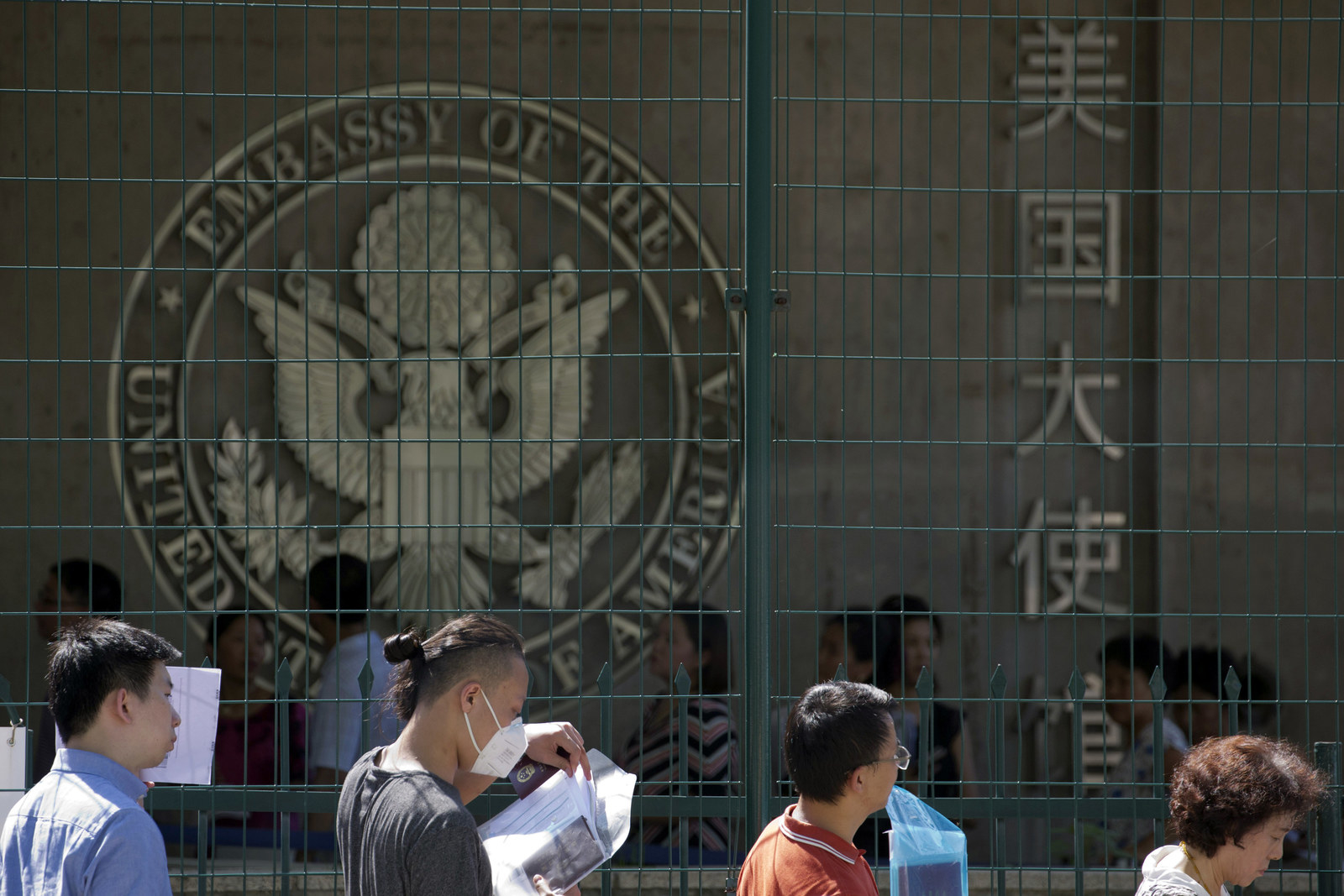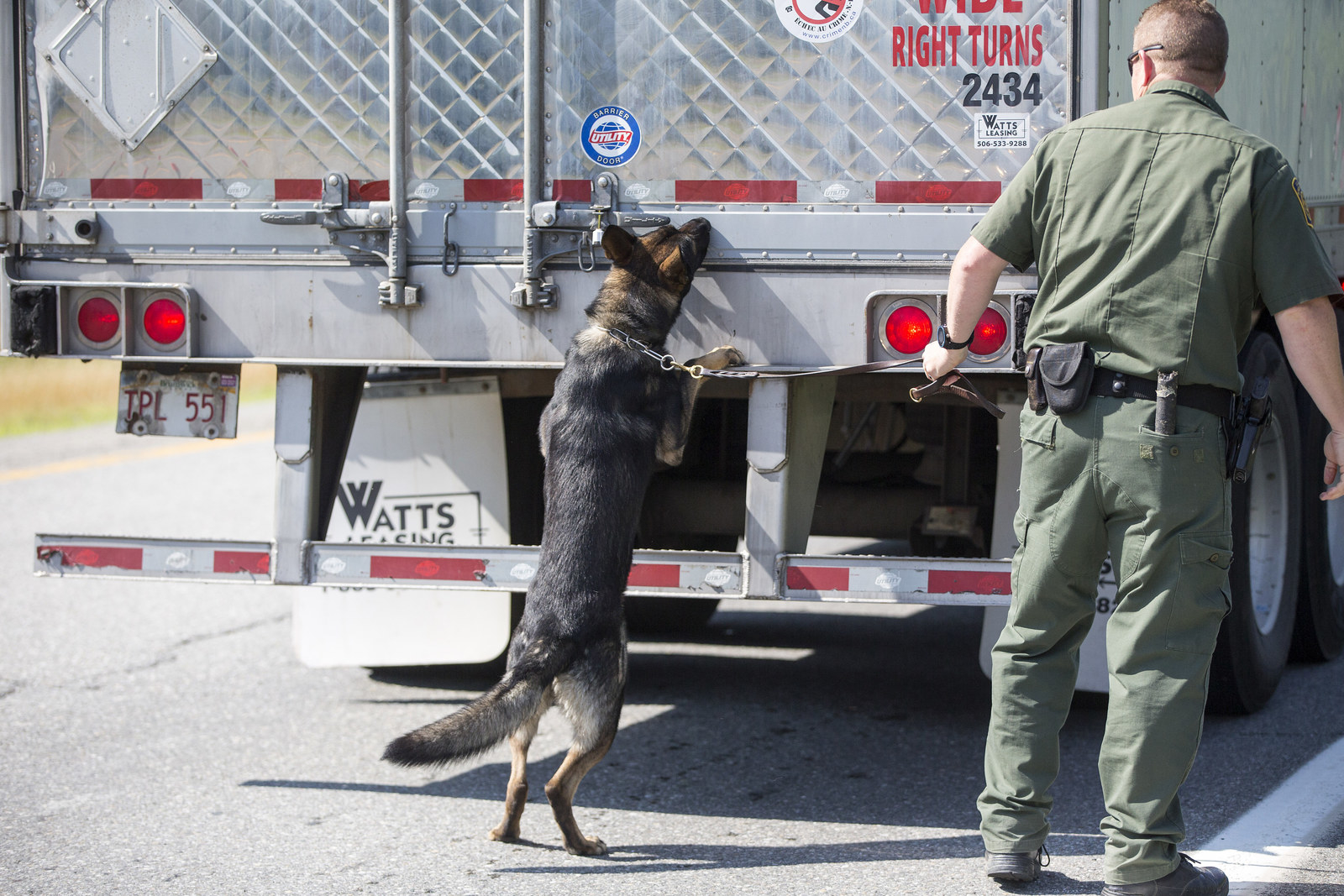President Donald Trump addressed the nation on Tuesday evening about a political situation that he himself created, claiming with little evidence that a “crisis” at the US southern border is so dire that he needs to build a wall.
Trump’s desire for a wall was his biggest campaign promise. It hasn’t happened so far, enraging some of his supporters. He shut down the government over it nearly 18 days ago — meaning about 800,000 federal employees are not being paid — and has said he won’t reopen it until he gets more than $5 billion to build the structure.
Democrats, who control the House of Representatives, have said he will not get that money.
While Trump didn’t make news in his address, he said funding for the wall was crucial and called on Congress to close what he called “border security loopholes.”
The situation at the border, however, is much more nuanced. Here are five things you need to know about the southern border right now.
1. Overall arrests at the border are at historic lows, while the number of families apprehended is at an all-time high.

Annual arrests along the nearly 2,000-mile southwest border are nowhere close to the peak of more than 1.6 million in the year 2000, a figure that has since been in decline. The number of immigrants apprehended at the southern border in 2018, 396,579, was the fifth-lowest total since 1973.
Meanwhile, there has been a dramatic increase in the number of families showing up at the border. In 2018, about one-quarter of the people arrested between official border crossing points were families, compared to just 3% in 2012.

Border Patrol agents in November apprehended more than 25,000 family members — a monthly record — along the US–Mexico border. The number reflects a genuine issue for a system designed to detain single men from Mexico, not families, many of who are fleeing violence and poverty in Central America. In October and November family units made up more than half of border apprehensions.
2. The White House said the wall is necessary to stop terrorists from entering the country, but most try to enter by air.

Trump said the border wall is necessary in order to stop terrorists from entering the country, even though figures show that most suspected or known terrorists stopped by US authorities traveled by air, not through a land border. The Trump administration said that 3,755 known or suspected terrorists were prevented from entering the US by the Department of Homeland Security in 2017. But DHS later said most of those were trying to enter the US by air, not crossing the border.
White House press secretary Sarah Huckabee Sanders incorrectly said 4,000 terrorists were stopped at the border, but NBC News found DHS figures showing that six — not 4,000 — people encountered by southern border authorities in the first half of 2018 were on the US’s list of known or suspected terrorists.
DHS Secretary Kirstjen Nielsen also said the agency encountered more than 3,000 “special interest aliens” but these people are not confirmed terrorists. They are simply a “non-US person who, based on an analysis of travel patterns, potentially poses a national security risk to the United States or its interests.”
An analysis from the Cato Institute, a libertarian think tank, found that zero people were murdered or injured in terror attacks committed on US soil by special interest aliens who entered illegally from 1975 through the end of 2017. There were seven special interest aliens who initially entered the country illegally and were later convicted of planning a terrorist attack in the US, but they all entered through Canada or jumped ship in US ports before the list of special interest countries even existed.
3. It’s true many asylum-seekers are coming to the border, but the wall would not change that.

The Trump administration has implemented and proposed changes at the US–Mexico border that would make the humanitarian crisis worse. Among them is limiting the number of asylum-seekers who can ask for refuge in the US, forcing hundreds of destitute people to wait weeks or months along the border. Last year’s caravans, which arrived in Tijuana, highlighted the long waits and difficult conditions people were forced to wait in.
A process called metering or queueing at the border — when officials limit the number of individuals who can make asylum claims at ports of entry on any given day — has been found to push people to cross illegally instead of at an official border crossing.
A high-ranking Customs and Border Protection official told Congress late last year that border agents were limiting asylum applications along the border because allowing too many people to apply would inspire more people to come.
Jud Murdock, CBP’s acting assistant commissioner, said in a closed congressional briefing that CBP had chosen to limit asylum-seekers at ports of entries because “[t]he more we process, the more will come.”
While the agency said the comment was taken out of context, a study released by the University of Texas at Austin’s Robert S. Strauss Center for International Security and Law found that the practice of metering began more than two years ago and has become “institutionalized” across the southwest border in the past six months under the Trump administration.
4. More people are overstaying visas than being arrested at the border.

While Trump claims there is a crisis at the southern border, more people are overstaying their visas than are being arrested at the southern border.
At the end of fiscal year 2017, the latest available data, the Department of Homeland Security said it had 606,926 suspected in-country overstays. That year Border Patrol arrested 303,916 people at the border, about half of the number of visa overstays.
5. Most drugs are entering the US through ports of entry.

While illegal drugs are flowing into the United States from abroad, most of them are not coming across desert stretches of the border — as Trump claimed on Tuesday night. The Drug Enforcement Administration says most drugs coming into the US are coming through official border crossings manned by United States authorities, according to a 2018 report.
“The most common method employed by these [transnational criminal organizations] involves transporting illicit drugs through US [ports of entry] in passenger vehicles with concealed compartments or commingled with legitimate goods on tractor trailers,” the report said.
“There are far better uses for funds than building a wall from a security perspective,” said John Sandweg, who was director of ICE in 2013 during the Obama administration.
Sandweg said money spent on a wall could instead be used to invest in resources and technology for CBP at the ports of entry to better seize drugs and vet individuals applying for visas abroad, as well as to provide funding for immigration judges handling a backlog of hundreds of thousands of cases.
“A wall is not going to solve any of the current threats we face along the border,” he said.

